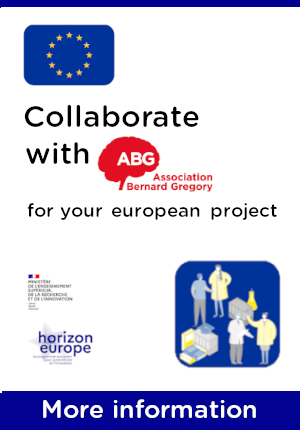Dynamic Surface Forces
| ABG-133607 | Thesis topic | |
| 2025-09-29 | Public funding alone (i.e. government, region, European, international organization research grant) |
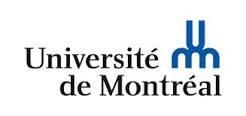
- Physics
- Materials science
Topic description
From the moment rain beads on a waxed jacket, a gecko scampers across a wall, or cartilage lets our knees glide, our day is choreographed by surface interaction forces. The “usual suspects” are van der Waals dispersion forces, electrostatic double-layer forces, hydration/structural forces , capillary forces, hydrogen bonding, and polymer-mediated steric or depletion interactions; together they control wetting, adhesion, friction, fouling, and colloidal stability in foods, cosmetics, inks, and biomedical devices.
Engineers and chemists harness them to build functional materials: surfactants and self-assembled monolayers tune surface energy for detergency and anti-fogging; charged or zwitterionic polymer brushes create electrostatic/steric barriers that resist protein adsorption and bacterial adhesion; pH, salt, and solvent quality shift double-layer thickness and ion-specific affinities to steer colloid stability or lubrication; micron-scale textures amplify capillarity to make superhydrophobic or superwetting coatings. A pressing next step is to move beyond “static” control of surface forces and probe how external fields reshape them in real time. We propose a research project that explores electrostimulation and acoustic stimulation on known force–distance laws and binding kinetics.
Situations that will be investigated include:
- Weak electrolytes, where AC electric fields polarize surfaces and induce nonlinear electro-osmotic slip (induced-charge electro-osmosis), reorganizing ion clouds faster than diffusion alone; resulting in time-varying zeta potentials and Debye lengths that can switch double-layer repulsion and drift ligands/receptors together or apart at will;
- High-frequency out-of-plane vibrations generating squeeze-film pressure and acoustic streaming in nanometric gaps, altering hydrodynamic drainage, confinement, and thus the balance among dispersion, hydration, and electrostatic forces.
By integrating rapid field actuation with force measurements and imaging, the project will map how ion transport and micro-fluid dynamics couple to interfacial energetics, revealing why field-responsive changes in electrostatic and biospecific forces, so ubiquitous in everyday life, remain largely hidden in traditional, equilibrium-centric descriptions.
Starting date
Funding category
Funding further details
Presentation of host institution and host laboratory
University of Montreal’s main campus is located at the heart of Montreal city, the most vibrant city for pursuing graduate studies in North America. Recent surveys have placed Montreal as the best place to study in the world and University of Montreal as one of the best universities of the world. Pr Banquy laboratory is located in this unique environment and offers world class research facilities to students willing to pursue their career in materials engineering.
Website :
PhD title
Country where you obtained your PhD
Institution awarding doctoral degree
Candidate's profile
The candidate must be highly motivated by research and material science. Prior experience in an experimental research laboratory is mandatory. Desired qualities are:
- Experience in experimental research in one of the following fields is recommended: materials mechanics, nanotechnology, biomaterials, nanoscale surface characterization, force measurements
- High motivation to carry out a multidisciplinary research project at the interface of engineering, chemistry and biophysics
- Strong appetite for experimentation • Proficiency in spoken and written English
- Team spirit • Scientific curiosity
Vous avez déjà un compte ?
Nouvel utilisateur ?
Get ABG’s monthly newsletters including news, job offers, grants & fellowships and a selection of relevant events…
Discover our members
 MabDesign
MabDesign  Tecknowmetrix
Tecknowmetrix 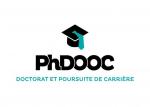 PhDOOC
PhDOOC  Nokia Bell Labs France
Nokia Bell Labs France 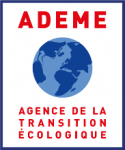 ADEME
ADEME  TotalEnergies
TotalEnergies  Ifremer
Ifremer  CESI
CESI  ASNR - Autorité de sûreté nucléaire et de radioprotection - Siège
ASNR - Autorité de sûreté nucléaire et de radioprotection - Siège  Aérocentre, Pôle d'excellence régional
Aérocentre, Pôle d'excellence régional  MabDesign
MabDesign  SUEZ
SUEZ  CASDEN
CASDEN  Institut Sup'biotech de Paris
Institut Sup'biotech de Paris  Généthon
Généthon  Laboratoire National de Métrologie et d'Essais - LNE
Laboratoire National de Métrologie et d'Essais - LNE  ONERA - The French Aerospace Lab
ONERA - The French Aerospace Lab  Groupe AFNOR - Association française de normalisation
Groupe AFNOR - Association française de normalisation 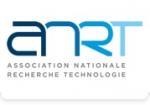 ANRT
ANRT


